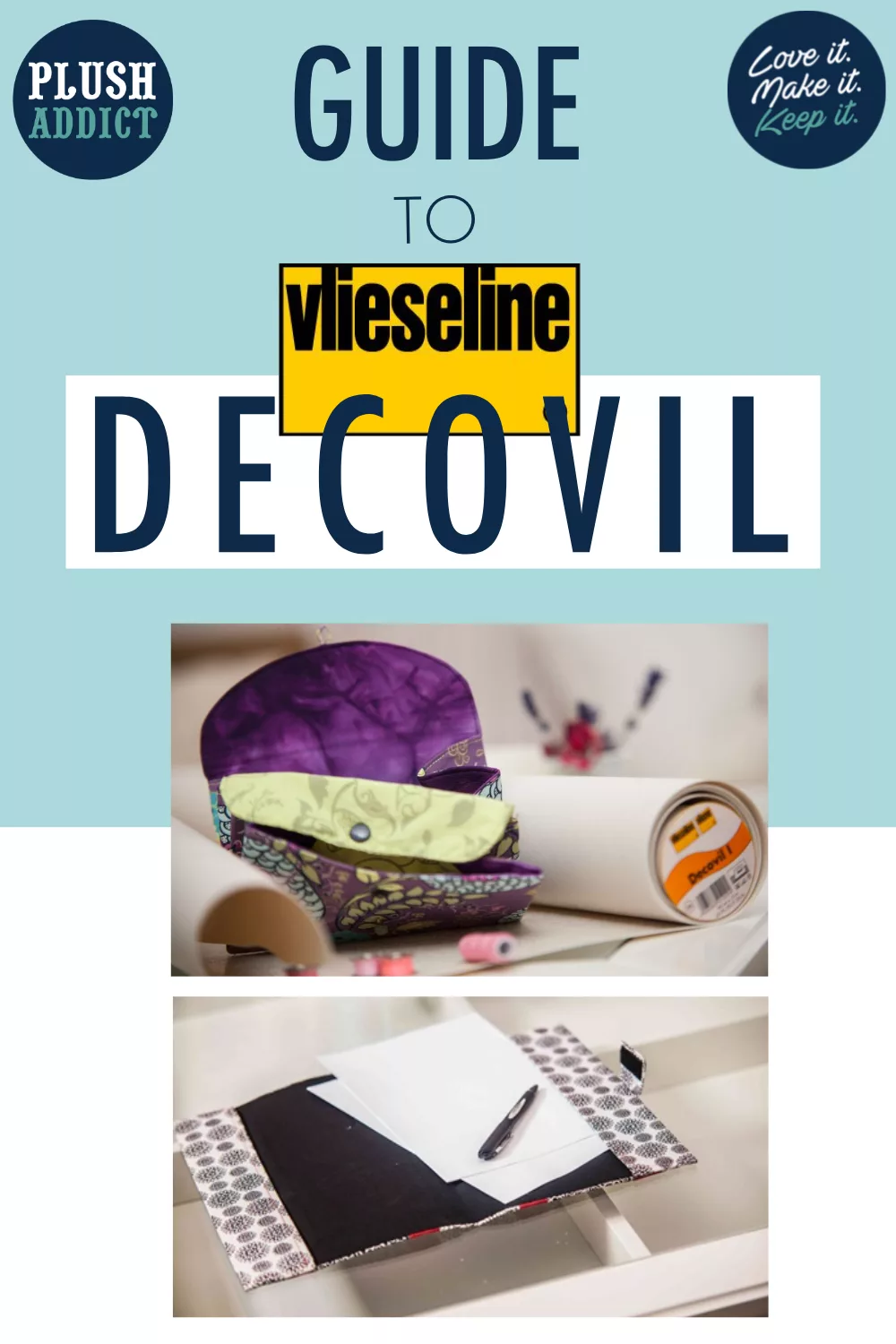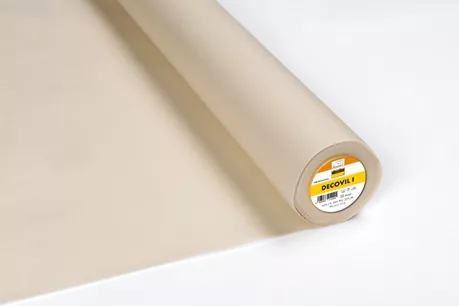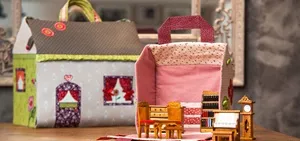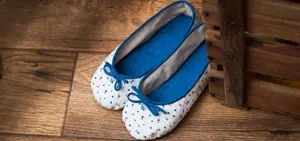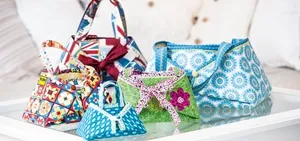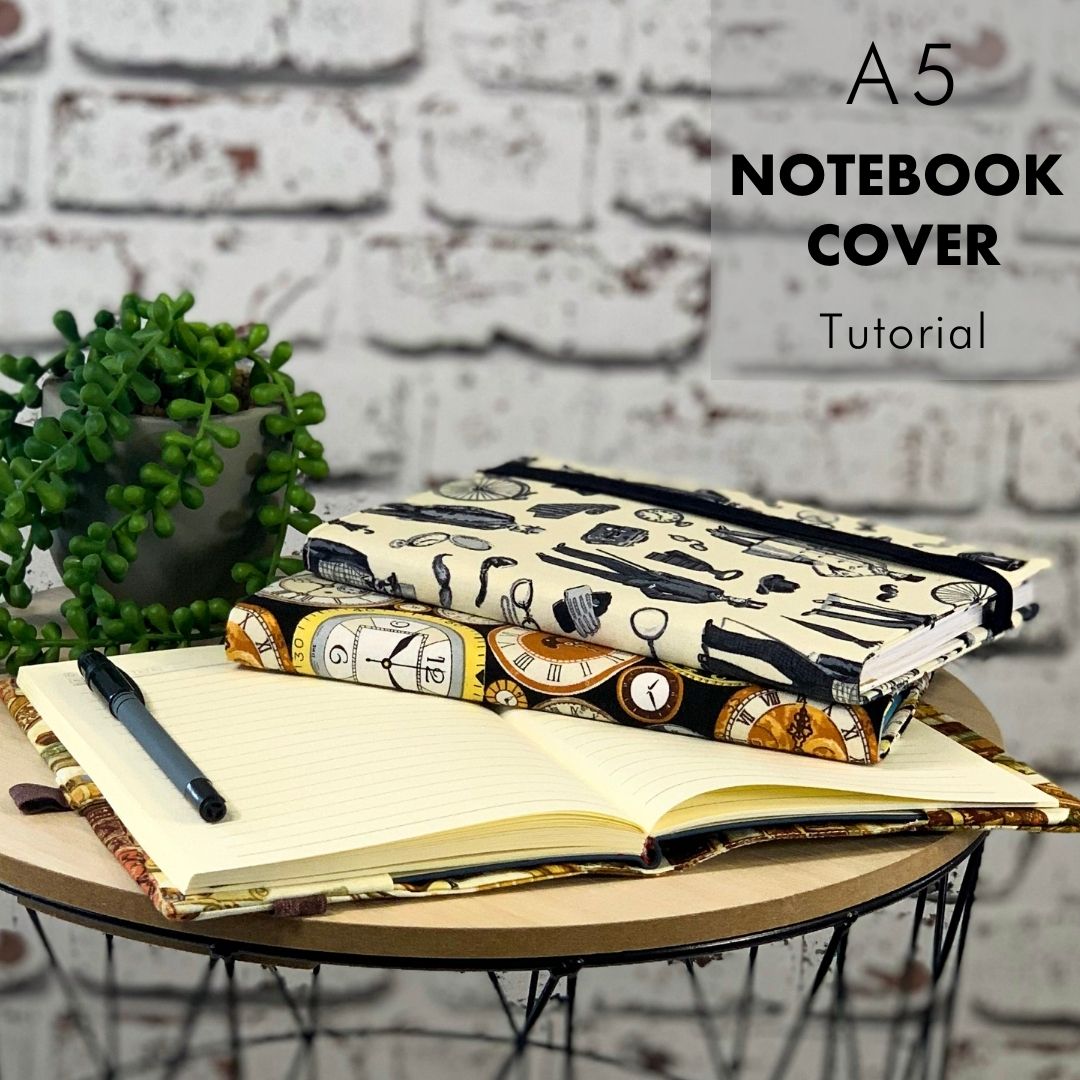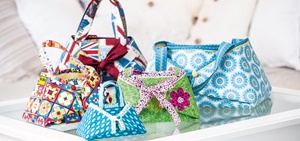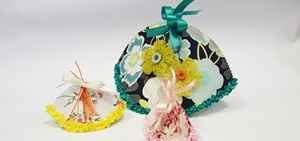
A Beginner’s Guide To Dressmaking Patterns
Are you intimidated by patterns? Not sure how to read a sewing pattern?
Confused by the back of the envelope? Not sure what the symbols mean?
We’ve got you covered!
Grab a cuppa, read on & let us demystify how to read a sewing pattern!

How To Read A Sewing Pattern
To the uninitiated, a first glance at a sewing pattern can be daunting. Have a read through our top tips & feel more confident having a go!
How to read the back of a sewing pattern envelope
The back of the pattern envelope should be your first port of call.
It contains lots of essential information you will need to make your garment.
You’ll find fabric suggestions that will suit the pattern style, the amount of fabric you will need & all the required notions such as zips & buttons.

Inside the pattern envelope
Inside you’ll find various sheets of paper – these will you be your pattern pieces, your sewing instructions & also the pattern layout information to help you cut out your pattern pieces correctly.
Tips On Choosing Fabric
Choose a fabric that is mentioned in the “suggested fabrics” section on the outside of the pattern envelope.
If your chosen fabric has a pattern “direction” make sure you place your pattern pieces the correct way up or your fabric motif will appear upside down on your garment!

A Tip For Stripes – Make sure the stripes run the way you want them to in your finished garment when laying out your pattern pieces.
Motif Sizes – Ensure your fabric has appropriately sized motifs for your garment. For example, a child’s dress might look strange in a large statement floral fabric.
ALWAYS Pre-wash Your Fabric – Some fabrics will shrink. It is better to launder your fabrics first to save tears later! Wash your fabric how you intend to wash the finished garment.
Understand Sewing Pattern Symbols




Understanding Sewing Pattern Symbols





Understanding Sewing Pattern Symbols




Pattern Piece Layout
Your pattern will have a diagram similar to this which is showing you how to lay out your pattern pieces on your fabric.
Following this diagram will usually be the most economical layout when cutting your fabric.

There will usually be two layout guides – one for 44″ wide fabric & another for 60″ wide fabric.
Follow the appropriate layout for your chosen fabric’s width. There may also be a layout guide for your interfacing pieces.
Looking more closely at the diagram above you will see that pattern piece (2) needs to be cut twice as it appears twice on the cutting diagram. Once the pattern piece is cut with the right side facing up, the second time it is cut with the pattern piece facing down.
Can you see where this pattern piece is shaded by the dots? This indicates the pattern piece should be laid face down on your fabric. The unshaded pieces indicates your pattern piece is face up.
Pattern piece (1) is placed on the fabric fold – we will end up with 1 pattern piece double the size of the paper pattern piece.
Pattern piece (4) indicates only one thickness of fabric – can you see how the selvedges aren’t aligned? Again – pattern piece (4) is cut twice – once with the pattern piece is right side up and then once with the pattern piece right side down – remember the dots?
Never miss another tutorial or guide…
Stay up to date with the latest by signing up to our newsletter!
Click to join our mailing list!
https://www.instagram.com/plushaddict/















